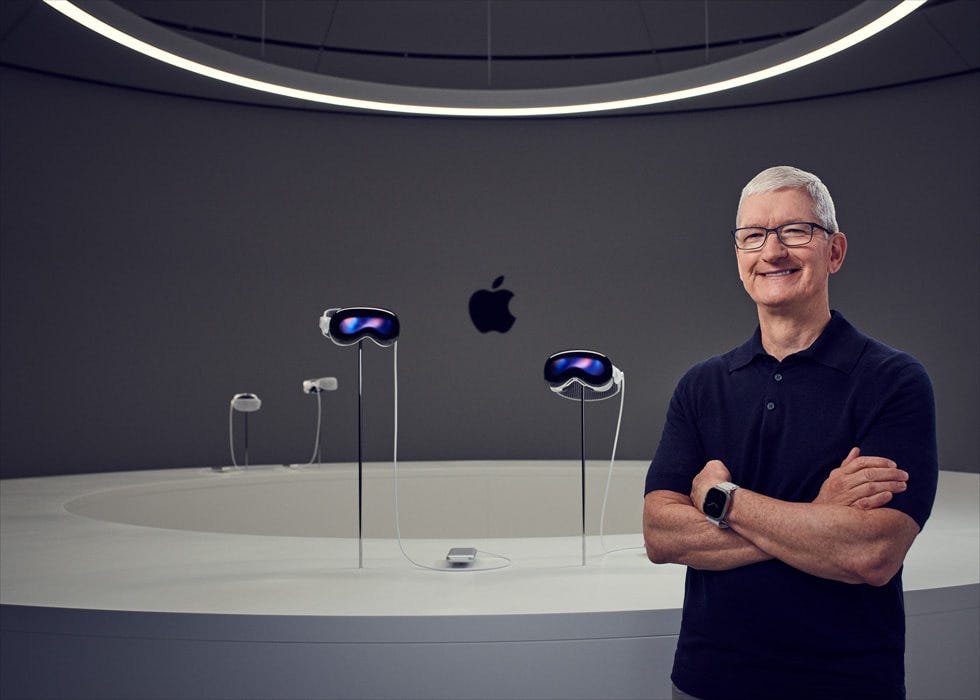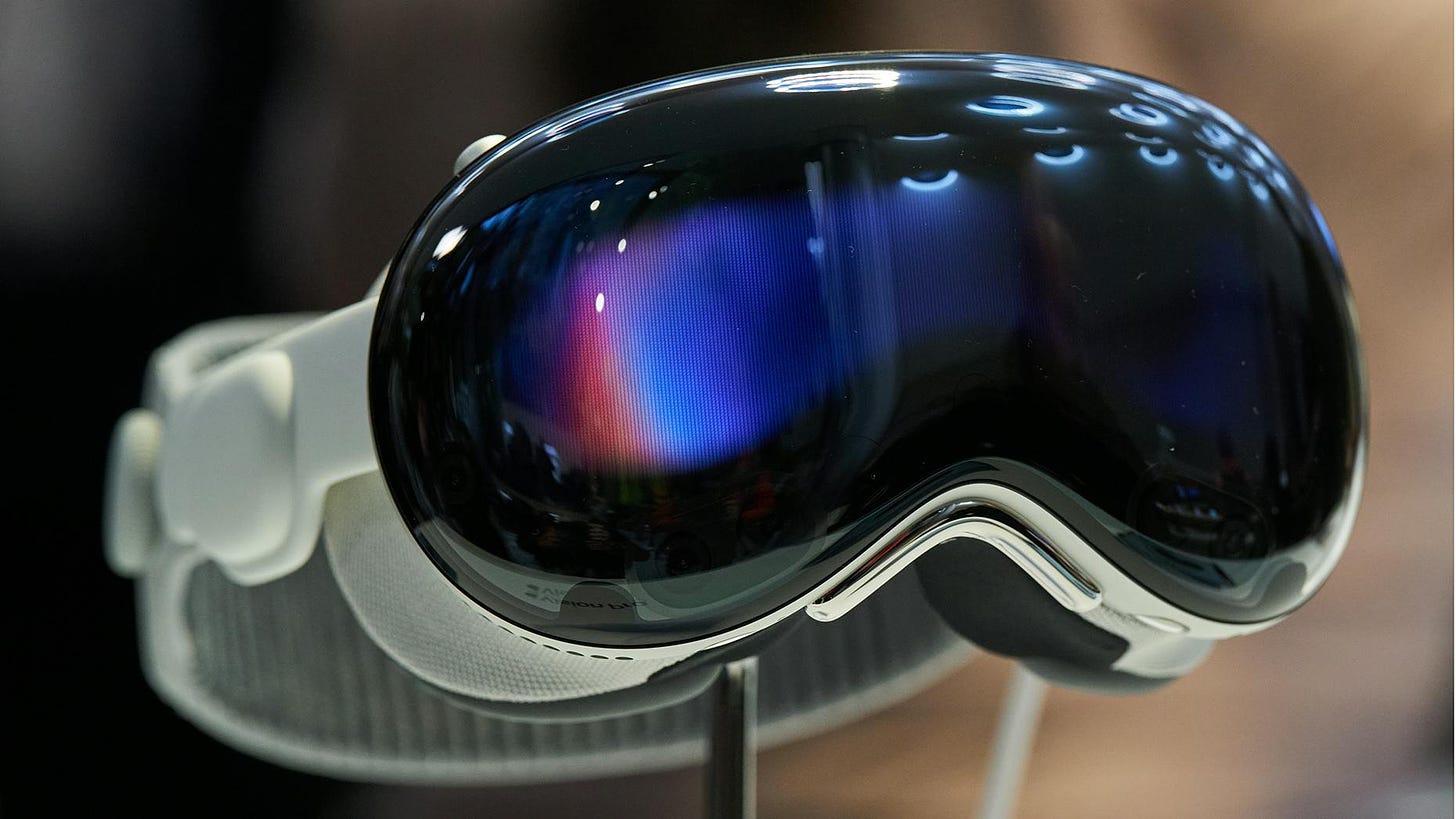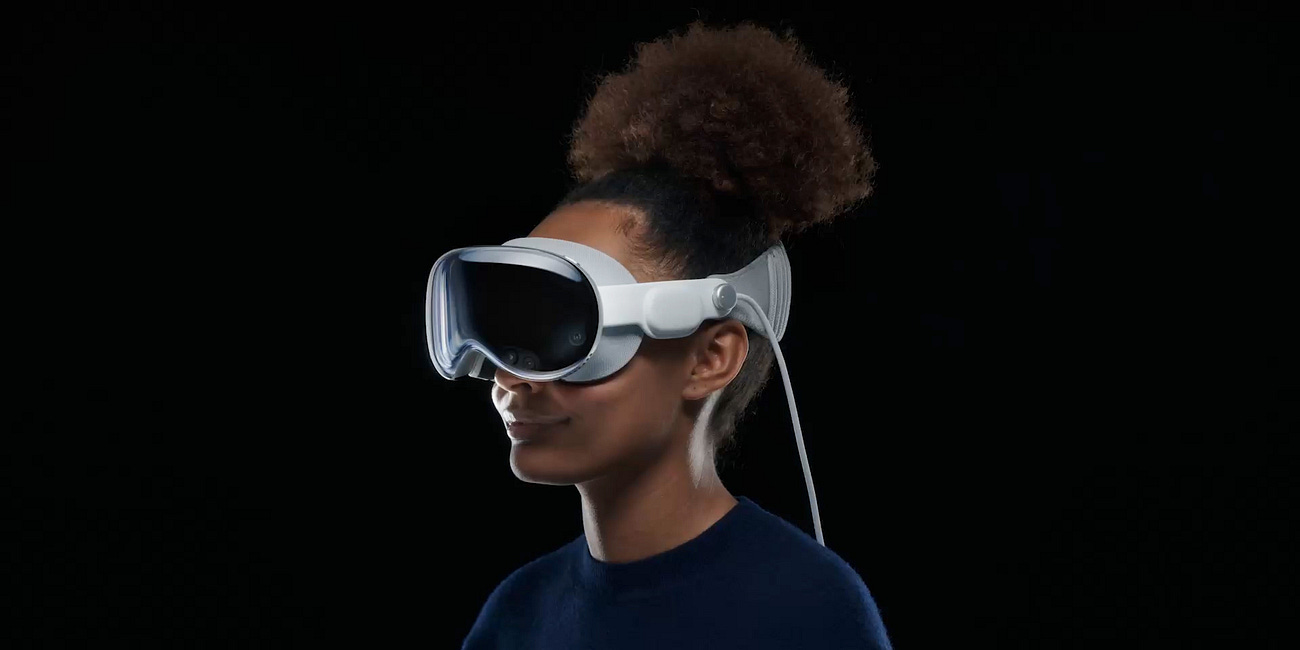Apple Vision Pro Headset Sales Slack—Production Scaled Back
Meta’s Quest 2 and Quest 3 models, priced around $300, have seen strong sales, while Apple's more advanced and pricey Vision Pro, at $3,500, faces significant headwinds.
Apple’s Vision Pro Production Scaled Back
Apple, known for its groundbreaking technology, has significantly reduced production of its Vision Pro mixed reality headset since the summer of 2024. The decision comes as a surprise given the company's ambitious push into the augmented and virtual reality (AR/VR) space. However, with weak demand and a high retail price of $3,500, Apple has now reassessed its strategy for the product.
Apple's Reduced Production Plans
Apple has informed suppliers that it may suspend production of the current Vision Pro model as soon as November 2024. Reports from multiple employees involved in the supply chain reveal that Apple has already accumulated a substantial inventory of components, enough to produce approximately 600,000 headsets. These figures reflect Apple’s intention to pause production without dismantling assembly lines, allowing for a quick restart should demand rise in the future.
Key Takeaways:
Production slowdown started in May 2024.
Luxshare, the main assembler, has reduced production to about 1,000 units per day.
Apple’s focus has shifted towards a cheaper model, slated for release by the end of 2025.
Challenges: Price and Competition
Apple's Vision Pro has struggled to capture a mass market due to its steep price point and limited app availability1. In contrast, Meta Platforms, Apple’s primary competitor in the AR/VR space, has seen considerable success with its Quest headsets, which are priced at a fraction of the Vision Pro. Meta’s Quest 2 and Quest 3 models, retailing around $300, have garnered strong sales, with Meta selling millions of units within the first few quarters of their launch.
Competitive Insights:
Meta sold over 6 million Quest 2 units in the first three quarters.
Apple has sold an estimated 370,000 Vision Pros as of October 2024.
The Future of Vision Pro
While development on a second-generation Vision Pro has been delayed, Apple has not entirely abandoned its plans for the high-end version. Analysts speculate that Apple may release an incremental update with minor changes, such as upgrading the main processor, to use excess components and extend the product's lifecycle. However, the focus remains on developing a more affordable model to broaden its market reach.
Future Outlook:
Vision Pro production could resume if demand increases.
A cheaper Vision Pro model, code-named N109, is under development for 2025.

Tim Cook’s Perspective on Vision Pro
In a recent interview with the Wall Street Journal, Apple CEO Tim Cook acknowledged the Vision Pro’s niche appeal, describing it as a product for early adopters who are eager to experience cutting-edge technology. Cook emphasised that while it is “not a mass-market product”, there remains a substantial audience for the device, driven by enthusiasts and professionals interested in next-generation innovations.
iPhone Production Cuts and Market Impact
The Vision Pro’s sluggish sales are not the only challenge Apple is facing. In addition to the mixed reality headset’s slow market uptake, the company recently made a significant cut to its iPhone 16 production targets. According to industry analyst Ming-Chi Kuo, Apple has reduced its iPhone 16 orders by 10 million units, citing weaker demand for the regular model compared to the more popular Pro versions. This news led to a 2% drop in Apple’s shares on Wednesday, contributing to broader market concerns as the NASDAQ also fell by 1.60% the same day. With production estimates for the second half of 2024 now revised down to 84 million units, from an earlier forecast of 88 million, Apple is feeling the pressure in an increasingly competitive smartphone market, particularly from its South Korean and Chinese rivals.
Summing Up: Apple’s Calculated Gamble
The Vision Pro represents Apple’s bold attempt to redefine the AR/VR landscape, but with mixed market reception, the company is recalibrating its approach. The decision to reduce production and delay future developments signals that Apple is not immune to the challenges posed by pricing and competition. However, with a cheaper model on the horizon, Apple may yet find success in this emerging sector. For now, its Vision Pro experiment remains a calculated gamble, balancing innovation with market realities.
"Apple Vision Pro" Headset: Game-changer or just rhetoric?
Apple Vision Pro is a new augmented reality headset that Apple announced at WWDC 2023, on 5th June, 20123. It is the first Apple product that you “look through and not out”. It is designed to seamlessly blend the real world with the digital world.





